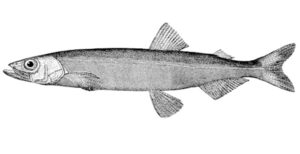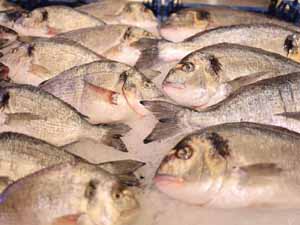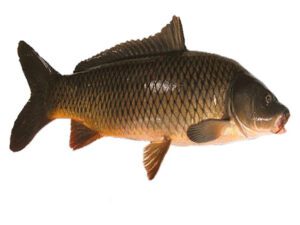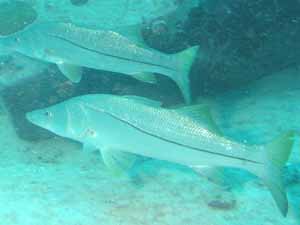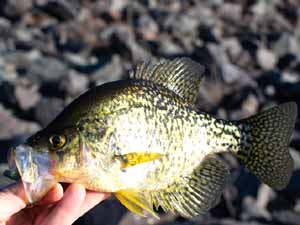The Silver Carp fish is a species of freshwater cyprinid fish. It is a variety of Asian carp which is native to eastern Siberia and China. It is also called as Flying Carp, mainly for it’s tendency to leap from the water when startled, and it can leap up to 10 ft into the air. It has long been cultivated in China, but a threatened species in it’s native habitat.
Today, these fish are cultivated worldwide in aquaculture, and by weight more Silver Carp are produced than any other species of fish except the Grass Carp fish. Generally these fish are cultivated commercially in polyculture with other Asian carp fish. Sometimes they are cultivated with Catla and other fish species.
Currently the Silver Carp fish is classified as near threatened in it’s native range (because it’s natural habitat and productive behavior are impacted by construction of dams, overfishing and pollution). But it is highly available in some other countries. Population declines appear to have been particularly significant in the Chinese parts of it’s range.
The Silver Carp fish were imported to the North America in the 1970s for controlling algae growth in aquaculture and municipal wastewater treatment facilities. But they escaped from captivity soon after their importation. And they are not considered as a highly invasive species.
Silver Carp Fish Characteristics
The Silver Carp is a deep bodied fish that is laterally compressed. As the name suggests, they are very silvery in color when young. And they fade from a greenish color on the back to silver on the belly when they get older. Their head and the opercles are scaleless, but rest of their body is covered with very tiny scales.
Their mouth is large, without any teeth in the jaw. Rather, they have pharyngeal teeth. The eyes of the Silver Carp fish are situated far forward on the midline of the body and are slightly turned down.
The Silver Carps are often confused with Bighead Carp fish. But the Bighead Carp differs from the Silver Carp in it’s behavior, and also in it’s diet.
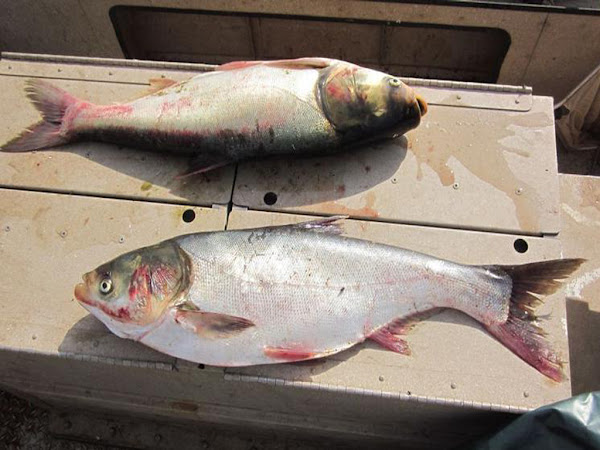
The Bighead Carp doesn’t leap from the water when startled. The Bigheads are also filter feeders, but they filter larger particles than Silver Carp fish, and generally consume a greater proportion of zooplankton in their diets.
But the Silver carp fish consume more phytoplankton. As compared to the Bigheads, Silver Carps have a smaller head, upturned mouth without teeth, a keel that extends forward past pelvic fin base, lack the dark blotches characteristics of Bighead carp and have highly branched gill rakers.
Average length of the Silver Carps is around 60-100 cm. But the large sized fish can reach as much as 140 cm body length. And the large sized fish can weight around 50 kg.[1]
Feeding
The Silver Carps are a filter feeder, and it possesses a specialized feeding apparatus capable of filtering small particles. The gill rakers are fused into a sponge-like filter, and an epibranchial organ secretes mucus which assists in trapping small particles.
Like all Hypophthalmichthys species, the Silver Carp fish have no stomachs. They largely feed on phytoplankton, but also consume zooplankton and detritus.
Mainly because of their plankton eating habit, they are sometimes used for controlling water quality (especially for controlling the noxious blue-green algae).

Breeding
In the natural range of Silver Carp fish, it migrates upstream for spawning. The eggs and larvae then drift downstream, and the young fish hatch in the floodplain zone. Larvae and small juveniles are feed on zooplankton. And they switch to phytoplankton once a certain size is reached. Silver Carp fish can tolerate salinities up to 12 ppt and low dissolved oxygen (3mg/litter).
But they tend to somewhat sensitive to low oxygen conditions. Generally they reach maturity within their 4-8 years of age, but are noted in some place to be mature as early as in just 2 years. Their eggs require current to stay suspended, with a maximum length of spawning river estimated at 100 km and a current speed of 70cm/s. Although they can be breed artificially. And large commercial hatcheries generally breed artificially.
Uses
Silver Carps raised commercially mainly for food. But in some places, they are also raised for sport fishing.
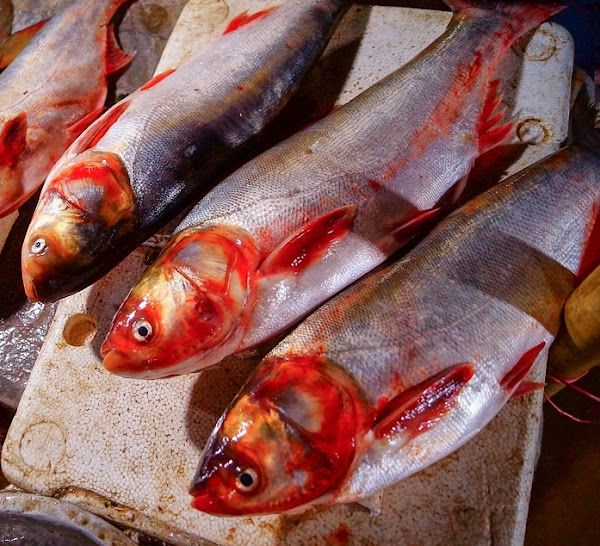
Special Notes
The Silver Carp is very important species for aquaculture. They are very popular in some countries as food. They are long lived, and can live up to 20 years.
Spawning occurs at temperatures greater than 18 °C, and on an average a female can lay up to 5 million eggs per year. However, review full breed profile of the Silver Carp fish in the chart below.
| Name | Silver Carp |
| Kingdom | Animalia |
| Phylum | Chordata |
| Class | Actinopterygii |
| Order | Cypriniformes |
| Family | Cyprinidae |
| Genus | Hypophthalmichthys |
| Species | H. molitrix |
| Binomial Name | Hypophthalmichthys molitrix |
| Other Names | Also known as Flying Carp |
| Breed Purpose | Mainly food, also sport fishing |
| Special Notes | Long lived and can live up to 20 years, a female can lay up to 5 million eggs per year, raised mainly for food, but also used for sport fishing, feed on both zooplankton and phytoplankton, reach maturity within 4-8 years, but sometimes can reach maturity as early as in 2 years |
| Breeding Method | Natural and artificial |
| Weight | Usually grow 2-3 kg in commercial farms, but can grow up to 50 kg |
| Water Type | Freshwater |
| Climate Tolerance | Almost all climates |
| Body Color | Silver, but fade from a greenish color on the back to silver on the belly when they get older |
| Rarity | Common |
| Availability | Mainly Asia |

